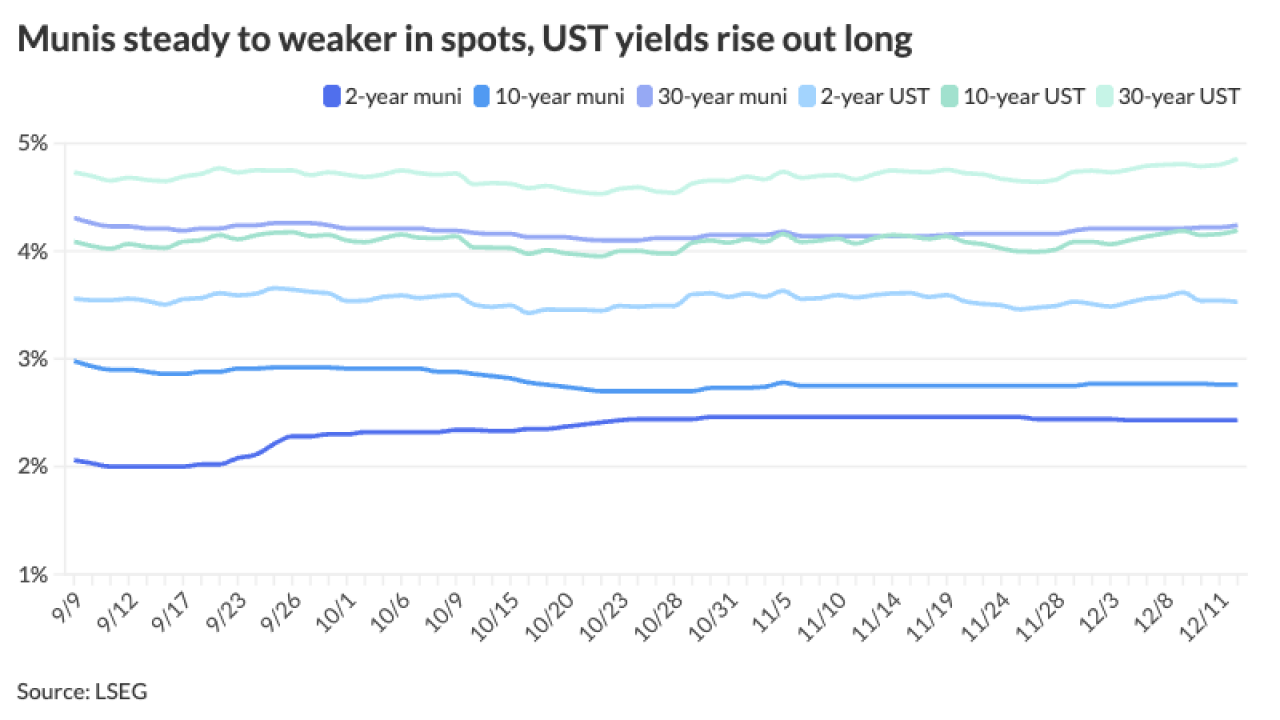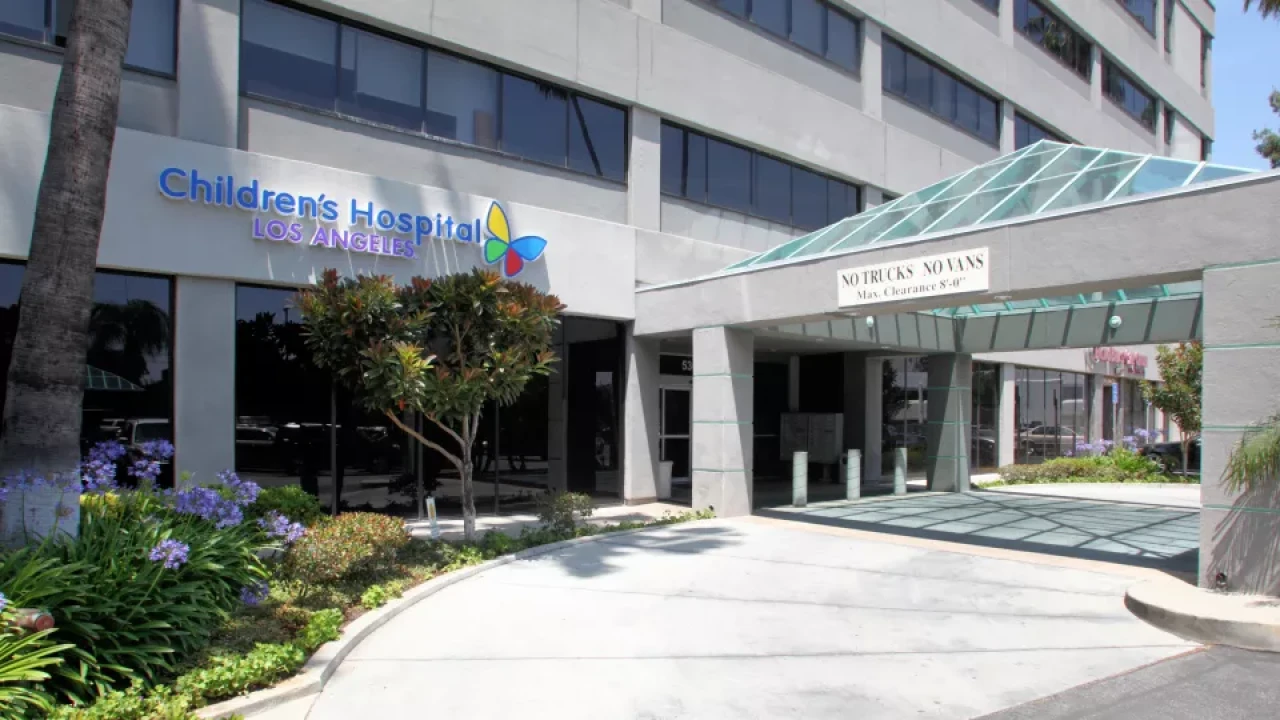Ridership on New York Metropolitan Transportation Authority subways and buses is up as the region slowly begins to emerge from COVID-19.
Daily subway ridership surpassed 3.1 million for three consecutive days last week, peaking at Thursday's 3.3 million.
But even interim MTA Chairman Janno Lieber admits that getting back to pre-pandemic levels will take years.
Officials estimate $2.8 billion in farebox revenue for 2021, down from $6.4 billion in 2019. Fares will make up 16% of revenues this year vs. 38% in pre-pandemic, leaving a $3.5 billion, or 20% shortfall.
“Bringing back riders and delivering service has to be our top priority right now,” Lieber said at last Wednesday’s monthly board meeting. The MTA expects to roll out its latest rolling four-year financial plan next month.
The MTA, one of the largest municipal issuers with $50 billion of debt including special credits, derives about half its operating revenue from the farebox.
On Wednesday it intends to sell two series of Triborough Bridge and Tunnel Authority general revenue bonds: a $111 million series with final maturity in 2032, and a $53 million series with final maturity in 2027. According to research firm CreditSights, total debt service on outstanding bonds is $613 million in calendar 2022, ramping up to $702 million the following year before steadily declining to final maturity in 2056.
As the MTA waits for federal approval for congestion pricing in Manhattan, which could provide up to $15 billion through bonding for its five-year capital program, options for improving its operating bottom line include revenue untapped and revenue lost.
The watchdog
Its plan would build on the Atlantic Ticket pilot program, which boosted revenue at eligible stations by 45% between 2016 and 2019. The program discounts tickets for riders traveling between select Long Island Rail Road stations in southeast Queens and Brooklyn, including the Atlantic terminal.

That would fill empty seats with paying customers on MTA units LIRR and Metro-North Railroad, helping to spur the region’s recovery, PCAC said, while offering tens of thousands of riders more affordable transit options and shorter travel times.
According to PCAC, June 2018 through June 2021, more than 2 million riders bought Atlantic tickets, resulting in nearly $16 million in revenue for the LIRR.
“Even more capacity is now available throughout the day due to changes in ridership patterns borne from the pandemic,” PCAC said. “In response, both commuter railroads are only collecting off-peak fares at all times to help riders and incentivize more to take the rails.”
Commuter-rail travel within city limits in New York and elsewhere has traditionally been a hard sell due to high fares and infrequent service.
“I had no idea until well into adulthood what commuter rail was,” former MTA acting chairman and former Bronx Borough President Fernando Ferrer said two years ago. "And by the way, that’s most New Yorkers." The Bronx is awaiting four new
“They’ll see these tracks and trains whiz by and go … ‘what’s that about?’,” said Ferrer, who twice ran for mayor.
PCAC also cited fare restructuring lessons learned from Boston and Los Angeles.
The state-run Massachusetts Bay Transportation Authority, which operates Greater Boston mass transit, has used new fare payment technology to lower CharlieTicket and cash fares to CharlieCard levels — starting with a pilot program on the Fairmount Line, which runs through some of the city’s outer neighborhoods.
Meanwhile, the commonwealth's planned
In recent years, Metrolink in Southern California reduced fares on commuter lines, also resulting in ridership gains.
In New York, MTA officials must also grasp the generational problem of fare evasion, which will come up for discussion at the November board meeting.
Estimates on how much the authority loses annually has varied.
“Every time I ride I see people beating the fare,” board member Andrew Albert said. “It is all walks of life.”
Board member David Jones for years has sought relevant data, such as subway and bus incidents, and demographic breakdowns.
“The numbers have jumped all over the place,” said outgoing board member Lawrence Schwartz. “No one knows really how bad this problem is. And that’s kind of a scary thing when you’re trying to put a budget together and pass a budget on something that’s costing us … $500 million a year, a billion dollars a year, whatever it is."





